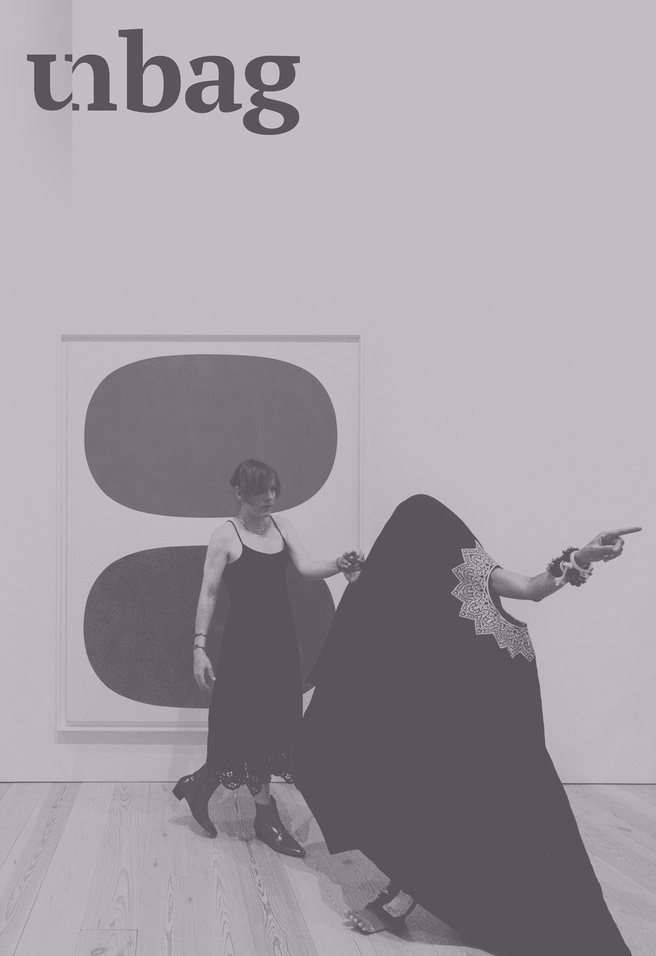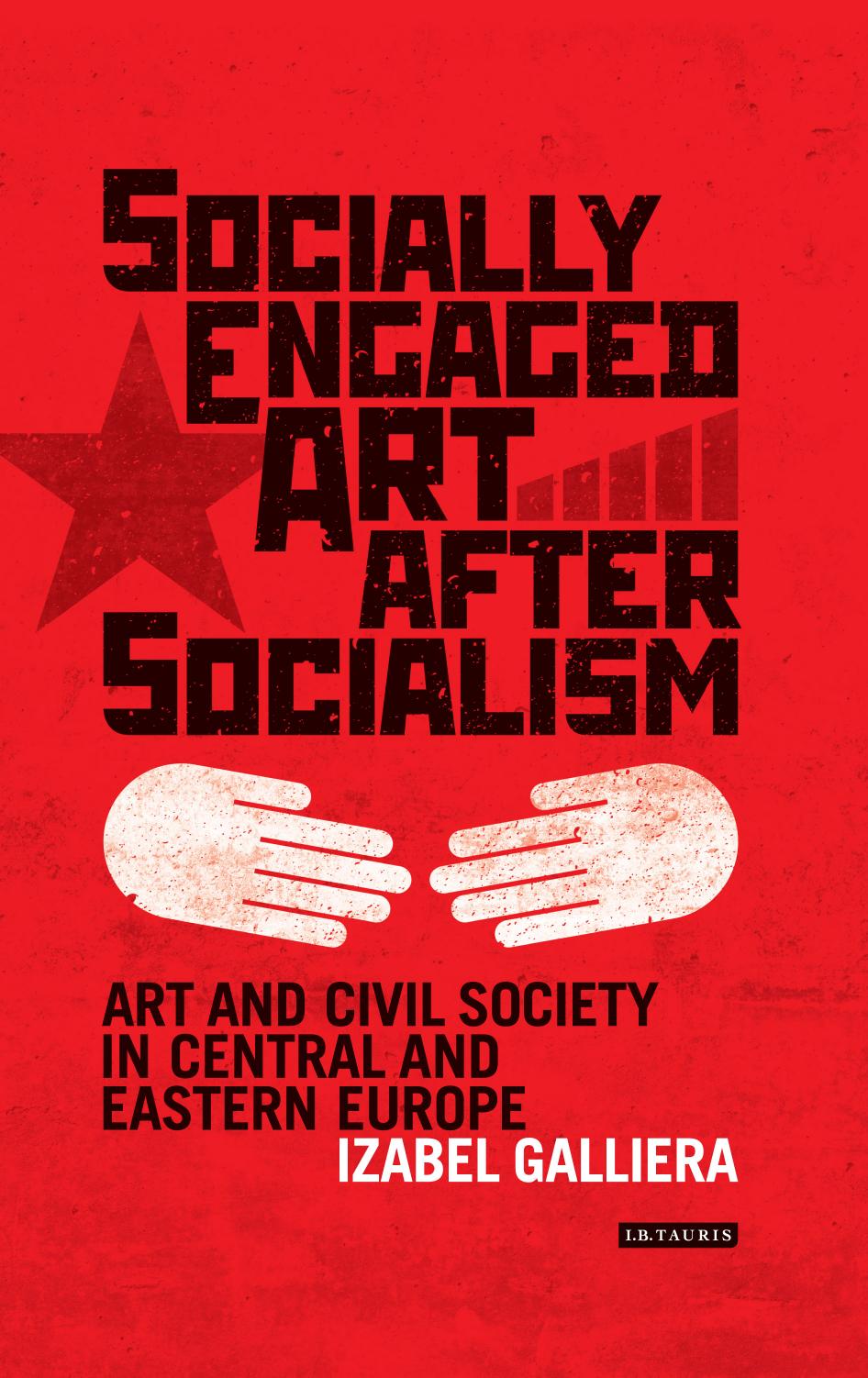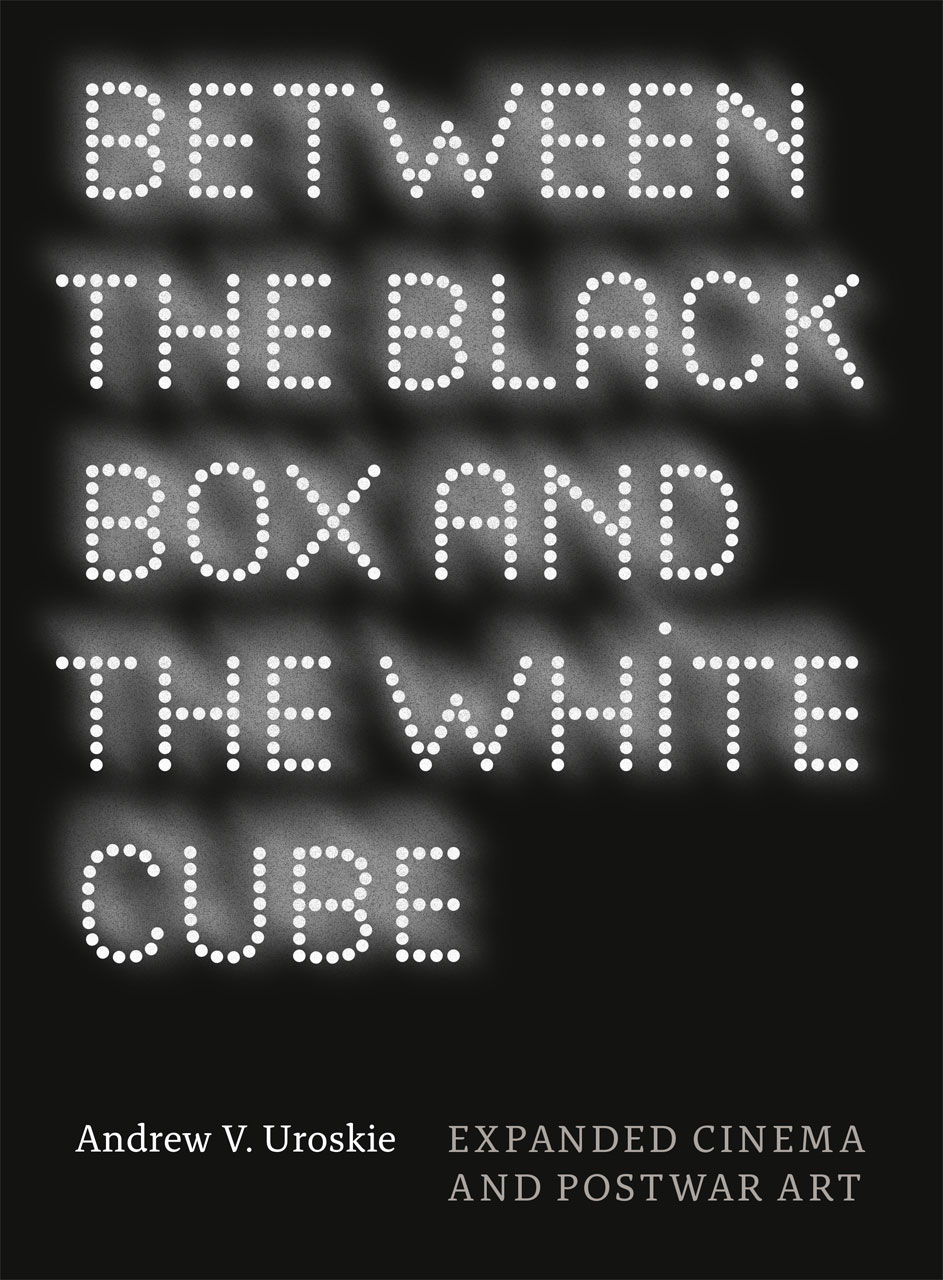Unbag, 1-4 (2017-2019)
Filed under magazine | Tags: · art, black people, community art, contemporary art, politics, technology


“unbag is a semi-annual magazine that promotes critical engagement with contemporary art and politics. Commissioning artists, writers, and thinkers who work outside of mainstream discourses, unbag functions as a space to explore ideas through discussion and exchange.”
Edited by American Artist (1), Aaron Cooper (1-3), Andy Wentz (1), Charlie Markbreiter (2), Natalia Tuero Germán (2-3), and Mylo Mendez (3)
Publisher unbag, New York, 2017-2019
ISSN 2572-2786
c.98 pages per issue
Issue 1: Metis (May 2017, HTML)
Issue 2: End (Jan 2018, HTML)
Issue 3: Reverie (Sep 2018, HTML)
Issue 4: In Tension (Sep 2019, HTML, added on 2020-6-8)
Izabel Galliera: Socially Engaged Art After Socialism: Art and Civil Society in Central and Eastern Europe (2017)
Filed under book | Tags: · art history, bulgaria, civil society, communism, contemporary art, east-central europe, eastern europe, hungary, participation, politics, romania, southeastern europe

“Reclaiming public life from the ideologies of both communist regimes and neoliberalism, their projects have harnessed the politically subversive potential of social relations based on trust, reciprocity and solidarity. Drawing on archival material and exclusive interviews, in this book Izabel Galliera traces the development of socially engaged art from the early 1990s to the present in Bulgaria, Hungary and Romania. She demonstrates that, in the early 1990s, projects were primarily created for exhibitions organized and funded by the Soros Centers for Contemporary Art. In the early 2000s, prior to Bulgaria, Hungary and Romania entering into the European Union, EU institutions likewise funded socially-conscious public art in the region. Today, socially engaged art is characterised by the proliferation of independent and often self-funded artists’ initiatives in cities such as Sofia, Bucharest and Budapest.
Focusing on the relationships between art, social capital and civil society, Galliera employs sociological and political theories to reveal that, while social capital is generally considered a mechanism of exclusion in the West, in post-socialist contexts it has been leveraged by artists and curators as a vital means of communication and action.”
Publisher I.B. Tauris, London/New York, 2017
ISBN 9781784537135, 1784537136
xx+361 pages
Review: Denisa Tomkova (ARTMargins, 2018).
Comment (0)Andrew V. Uroskie: Between the Black Box and the White Cube: Expanded Cinema and Postwar Art (2014)
Filed under book | Tags: · art history, cinema, contemporary art, exhibition, expanded cinema, film, film history, lettrism

“Today, the moving image is ubiquitous in global contemporary art. The first book to tell the story of the postwar expanded cinema that inspired this omnipresence, Between the Black Box and the White Cube travels back to the 1950s and 1960s, when the rise of television caused movie theaters to lose their monopoly over the moving image, leading cinema to be installed directly alongside other forms of modern art.
Explaining that the postwar expanded cinema was a response to both developments, Andrew V. Uroskie argues that, rather than a formal or technological innovation, the key change for artists involved a displacement of the moving image from the familiarity of the cinematic theater to original spaces and contexts. He shows how newly available, inexpensive film and video technology enabled artists such as Nam June Paik, Robert Whitman, Stan VanDerBeek, Robert Breer, and especially Andy Warhol to become filmmakers. Through their efforts to explore a fresh way of experiencing the moving image, these artists sought to reimagine the nature and possibilities of art in a post-cinematic age and helped to develop a novel space between the “black box” of the movie theater and the “white cube” of the art gallery. Packed with over one hundred illustrations, Between the Black Box and the White Cube is a compelling look at a seminal moment in the cultural life of the moving image and its emergence in contemporary art.”
Publisher University of Chicago Press, 2014
ISBN 9780226842981, 0226842983
x+273 pages
Reviews: Amanda Egbe (Leonardo, 2014), Rick Sieber (ARLIS/NA Reviews, 2014), Matilde Nardelli (Visual Studies, 2015), Kenneth White (CAA Reviews, 2015), Michael Zryd (Millennium Film Journal, 2015), Riccardo Venturi (Critique d’art, 2016, French).
Comment (0)
